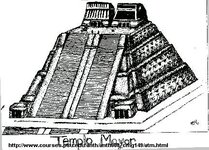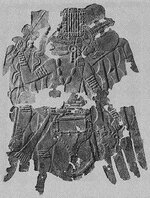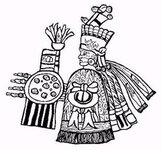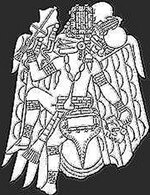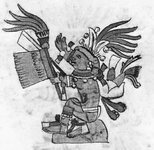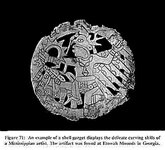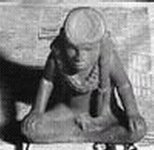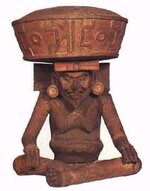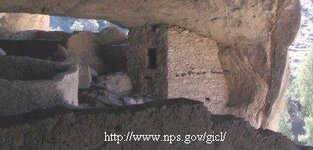Highmountain
Hero Member
- Thread starter
- #21
Oroblanco said:No, though I did compare the footprint of Egyptian versus Mexican examples and the size similarities are (almost) shocking, considering the official theory of isolation. Pure coincidence that the Great Pyramid in Egypt has virtually the identical footprint (not height though) as the Pyramid of the Sun in Mexico, as if whenever any group of people are living in isolation, they immediately start to building pyramids. And that idea is not supposed to strike us as ridiculous.
Oroblanco
I don't discount what you're suggesting and believe there's a lot of merit to it supported by the kind of reasoning that's often used to draw that conclusion. That particular method of reasoning isn't invalid, in my view.
On the other hand, seems to me there's a danger of assuming more than is sometimes justified. If I'd never seen a wheel and was going about trying to invent one the end product might well resemble a wheel and lead some future person to conclude I'd been shown how a wheel should look.
If worldwide pyramids share a similar footprint it might mean they shared a particular body of knowledge and motivation. But it might also mean each discovered independently the limitations of limestone or sandstone construction, compaction strength, durability, lateral stress and so-on.
I just haven't studied the thing enough to think anything about it one way or another.
Jack
Edit: Pyramids notwithstanding, one thing seems to me plenty strong enough to form an opinion about. Etowah as depicted on the copper plate found in a mound in Georgia and the Aztec diety Ehecatl as depicted from Mexico are the same.



